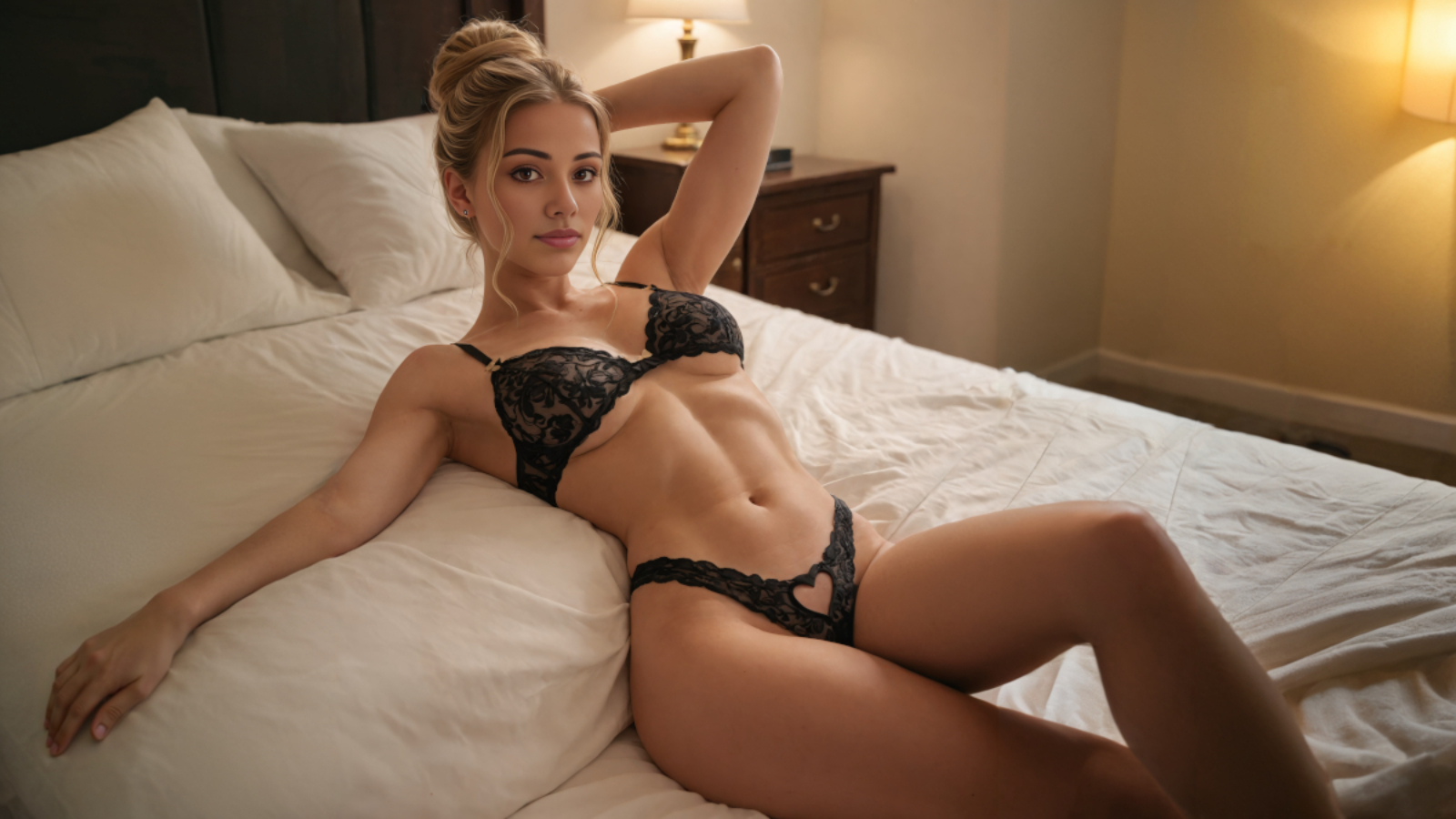I’ve always believed there’s beauty in confidence — especially when a woman embraces her body without apology. But lately, I’ve found myself hitting an invisible wall. A post gets flagged. A story disappears. My image is deemed “too sexual” by a platform that happily allows men to flex shirtless or pose in pants tight enough to outline everything beneath.
And here I am, modeling lingerie — something that should be celebrated for its artistry, femininity, and self-expression — only to be told I’m in violation. But violation of what, exactly? Of decency? Of safety? Or just of someone else’s discomfort with empowered women?
Because let’s be honest: the algorithm doesn’t treat us equally. And as much as Instagram touts its “Community Guidelines,” it’s become clear to many of us — they weren’t written with women like me in mind.
🌐 1. The Illusion of Equal Standards
Social media platforms like Instagram claim to enforce their guidelines fairly, but creators know that’s far from the truth. The male torso, for instance, is not sexualized in the same way the female body is. Men are free to pose shirtless, flexing abs and showing off visible bulges, while women in non-transparent lingerie or even swimsuits are warned or penalized.
The rules, as they stand, suggest that the mere presence of the female form is inherently more provocative, more controversial, more punishable. That discrepancy is not about safety — it’s about discomfort. It’s about a system that was never meant to empower us, only contain us.
🎭 2. When Expression Becomes “Violation”
I create art through fashion, light, emotion, and the human form. Lingerie modeling is more than just showing skin; it’s about embodying confidence, sensuality, and strength. When I pose in a sheer lace bodysuit, I’m not inviting judgment — I’m inviting aesthetic appreciation.
Yet the algorithm doesn’t know the difference. To it, anything feminine and revealing must be sexual — and therefore, must be restricted. This mindset reduces women to objects, rather than acknowledging the intention, art, or individuality behind our posts. We are being algorithmically shamed for embracing our own beauty.
📉 3. The Real Impact: Policing the Female Body
Let’s talk about what this really does to us. It creates anxiety, second-guessing, and self-censorship. It teaches girls that their bodies are dangerous and that confidence is risky. It implies that attention is shameful and femininity is a liability.
The more posts I’ve had flagged, the more I’ve hesitated before sharing. And I know I’m not alone. So many of us shrink back, soften our edge, or go silent altogether. That’s not just a policy issue — it’s emotional harm.
✨ 4. What Needs to Change
It’s time for platforms to reimagine their moderation systems with women at the table. That means hiring more diverse teams to review flagged content. That means using AI that can distinguish nudity from lingerie, sexuality from sensuality, art from violation.
It also means allowing creators to appeal in a meaningful way — not just click a button and wait for a bot to reject the appeal.
Above all, it means listening to women. We are not here to break rules — we are here to break molds. And that should be celebrated, not silenced.
📌Final Thoughts: A Matter of Justice, Dignity, and Public Values
As I’ve reflected on Instagram’s community guidelines—particularly those concerning nudity and sexuality—I’ve begun to question what values are truly being upheld. The issue isn’t just about whether a photo is “too sexy.” It’s about what kind of society these rules are shaping.
Political philosopher Michael Sandel often reminds us that justice isn’t only about fairness—it’s about the kind of people we become, and what we owe one another as members of a shared community. That’s why these content policies can’t be brushed off as neutral enforcement. When women are flagged for confidently sharing images of their bodies—while men are praised for similar or even more suggestive posts—it sends a deeper message about worth, dignity, and who is allowed to be seen.
Sandel would likely challenge us to ask: What values are we embedding into our digital commons? If a platform punishes women for expressing beauty, sensuality, or autonomy, it risks reinforcing a culture of shame and misogyny rather than dignity and respect. Rules that claim to protect can sometimes diminish us—especially when they reflect outdated or one-sided moral frameworks.
Ultimately, this isn’t just about algorithms or terms of service. It’s about justice. It’s about whether our public platforms are building a world where bodies—especially women’s bodies—are treated with respect, or one where they’re controlled under the pretense of “safety.” We deserve to ask these questions out loud, not in defiance—but in pursuit of something better.
There is nothing shameful about the female body. But there is something deeply wrong with a system that only sees power in a woman when she’s quiet, modest, or invisible.
I refuse to shrink to fit that lens.
I also talk about Instagram’s strange behavior toward creators in Is Instagram Suppressing My Reach?


Add a Comment